737-215-3211

4 Proven Solutions for What to Do for Itchy Dog After Grooming
You’ve just returned from the groomer with your freshly pampered pooch, expecting them to prance around showing off their new look. But instead, your dog itching after grooming like there’s no tomorrow.
Sound familiar?
You invest time and money to keep your dog looking their best, only to have them itch and scratch as if the grooming session was a form of torture. Frustrating, right?
But don't worry, you're not alone.
Many dogs experience itchiness after dog grooming, and there are several reasons why. It could be due to skin sensitivity, allergic reactions to grooming products, lack of proper grooming techniques, or even tiny nicks from the grooming tools.
Whatever the cause, it's important to address it promptly. Left unchecked, that itch can lead to more serious issues like skin infections or excessive discomfort for your furry friend.
Here are 4 proven solutions to help relieve dog itching and dog's irritated skin. These tips are practical, easy to implement, and designed to bring your dog some much-needed relief.
Solution #1: Use gentle, hypoallergenic products
Grooming is meant to keep your dog clean and comfortable, but sometimes the products used can cause more harm than good. If your dog is scratching after their grooming session, it might be time to rethink the shampoos and conditioners you’re using.
Choosing the right products
When it comes to grooming your dog, the dog grooming products you choose can make a big difference. Using gentle, hypoallergenic shampoos and conditioners, like Lakeside The Bather Box Four Pack (3) Shampoo And (1) Conditioner Combo, is key to preventing post-grooming itchiness.
But how do you pick the right ones?
First, always read the ingredient labels.
Avoid products with harsh chemicals like sulfates, parabens, and artificial fragrances. These can irritate your dog’s skin. Instead, look for shampoos and conditioners labeled as hypoallergenic or specifically designed for sensitive skin.
Ingredients like oatmeal, aloe vera, and chamomile are great options as they soothe and moisturize the skin.
It’s also a good idea to do a patch test before using a new product.
Apply a small amount to a small area of your dog’s skin and wait 24 hours to see if there’s any reaction. This simple step can save your dog from a lot of discomfort.
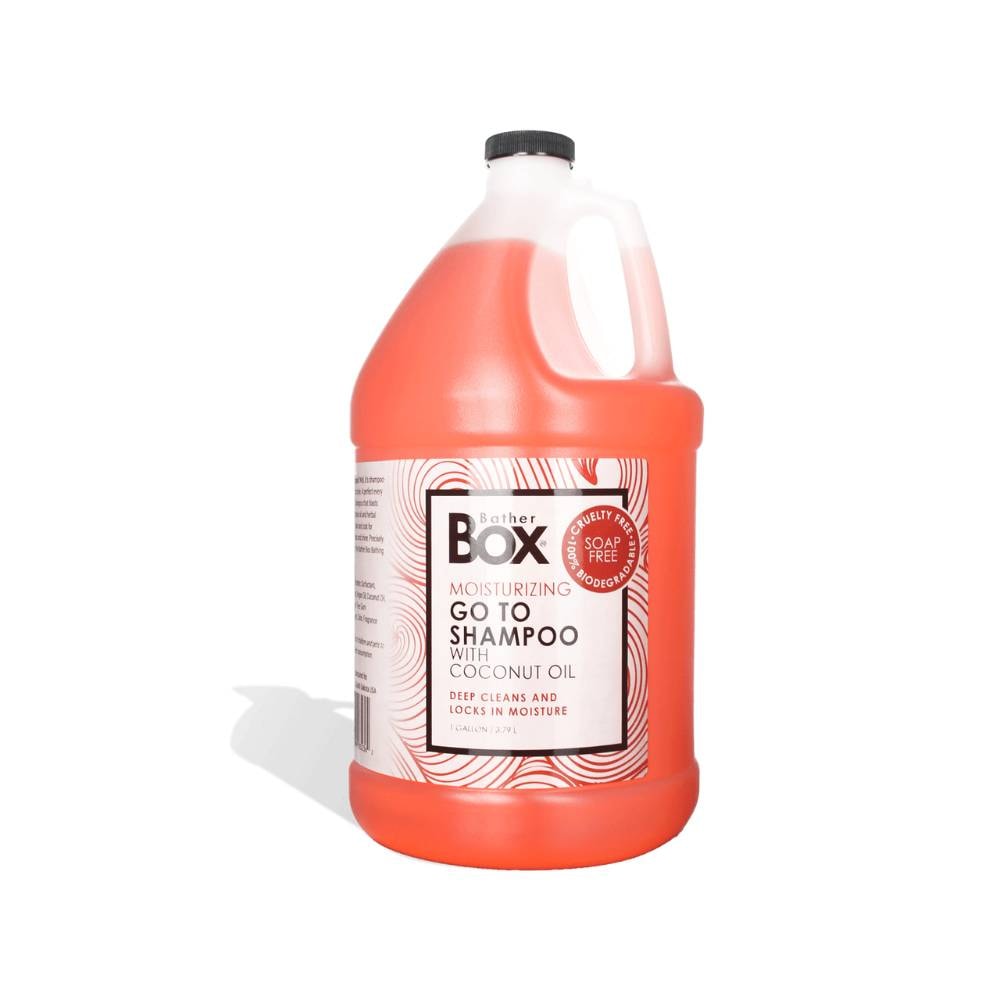
Lastly, don’t hesitate to ask your vet for recommendations. They can suggest products that are safe and effective for your dog’s specific needs. Choosing the right products is the first step to making sure a comfortable grooming experience for your furry friend.
How to properly rinse your dog
Rinsing is just as important as choosing the right shampoo and conditioner like Lakeside The BatherBox Go To Conditioner Gallon Jug. If any residue is left behind, it can cause irritation and itchiness. Here’s how to rinse your dog thoroughly:
-
Start with Lukewarm Water: Ensure the water temperature is comfortable. Too hot or too cold can stress your dog and irritate their skin.
-
Rinse from Head to Tail: Use a gentle stream of water, starting from your dog’s head and moving towards the tail. Be careful around the eyes and ears.
-
Take Your Time: Make sure to rinse each section thoroughly. Pay extra attention to areas where shampoo tends to linger, like the belly, underarms, and around the neck.
-
Check for Residue: Run your fingers through your dog’s fur and check for any leftover product. The water should run clear when all the shampoo and conditioner are gone.
-
Final Rinse: Give one last rinse to make sure all traces of the product are removed. This helps prevent any lingering irritation.
Solution #2: Implement a post-grooming routine
Grooming your dog is just the beginning. To keep them comfortable and prevent the dog's itching, it’s essential to follow up with a proper post-grooming routine. This step can make all the difference in preventing those annoying dog itch and keeping your dog’s skin healthy.
Soothing the skin
After a grooming session, your dog’s skin might be a bit sensitive. To help soothe any irritation, natural remedies can be very effective.
One of the best options is an oatmeal bath. Oatmeal has anti-inflammatory properties that can calm the skin and provide relief from itching.
Another great remedy is aloe vera gel. Apply a small amount of pure aloe vera gel directly to the irritated areas. Aloe vera has soothing properties and can provide instant relief from itching.
Regular brushing
Regular brushing is crucial for keeping your dog’s coat in top condition and itchiness. It helps to prevent tangles and mats, which can cause discomfort and lead to skin irritation.
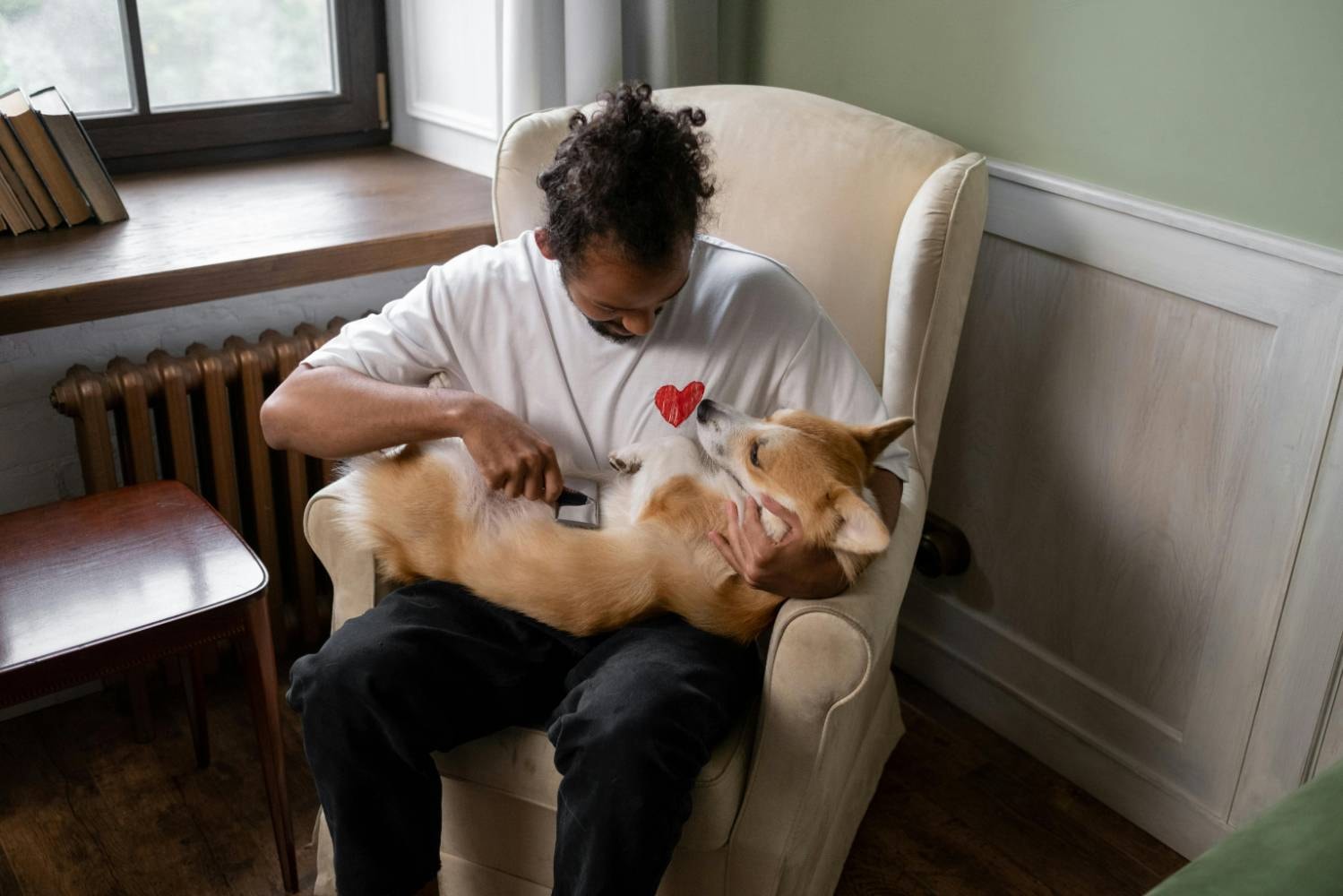
Here are some tips for effective brushing:
-
Choose the Right Brush: The type of brush you need depends on your dog’s breed and coat type. For short-haired dogs, a bristle brush or a rubber grooming mitt works well. For long-haired dogs, a slicker brush or a pin brush is more effective.
-
Create a Brushing Schedule: Aim to brush your dog at least once a week. For breeds with longer or thicker coats, more frequent brushing might be necessary.
-
Be Gentle: Use gentle strokes and be patient. If you encounter a tangle or mat, work through it slowly to avoid pulling on your dog’s skin.
Solution #3: Create a comfortable environment
Ensuring your dog feels relaxed and comfortable during and after grooming can significantly reduce post-grooming itchiness. A calm dog is less likely to scratch and irritate their skin.
Managing your dog’s stress
A stressful grooming session can lead to an itchy aftermath. When your dog is anxious, their skin can become more sensitive, making them more prone to itching. To help manage your dog's stress during grooming:
-
Use Calming Sprays: Calming sprays with natural ingredients like lavender or chamomile can help soothe your dog's nerves. Simply spray a little on your dog's bed or in the grooming area.
-
Take Breaks: Grooming can be overwhelming, especially for anxious dogs. Break the grooming session into shorter, manageable segments. Give your dog a break every few minutes to relax and regroup.
-
Positive Reinforcement: Reward your dog with treats and praise throughout the grooming process. This helps them associate grooming with positive experiences.
-
Create a Quiet Space: Choose a quiet, calm environment for grooming. Loud noises and bustling activity can increase your dog's anxiety.
Keeping your dog hydrated
Hydration plays a crucial role in maintaining healthy skin. A well-hydrated dog is less likely to suffer from dry, itchy skin.
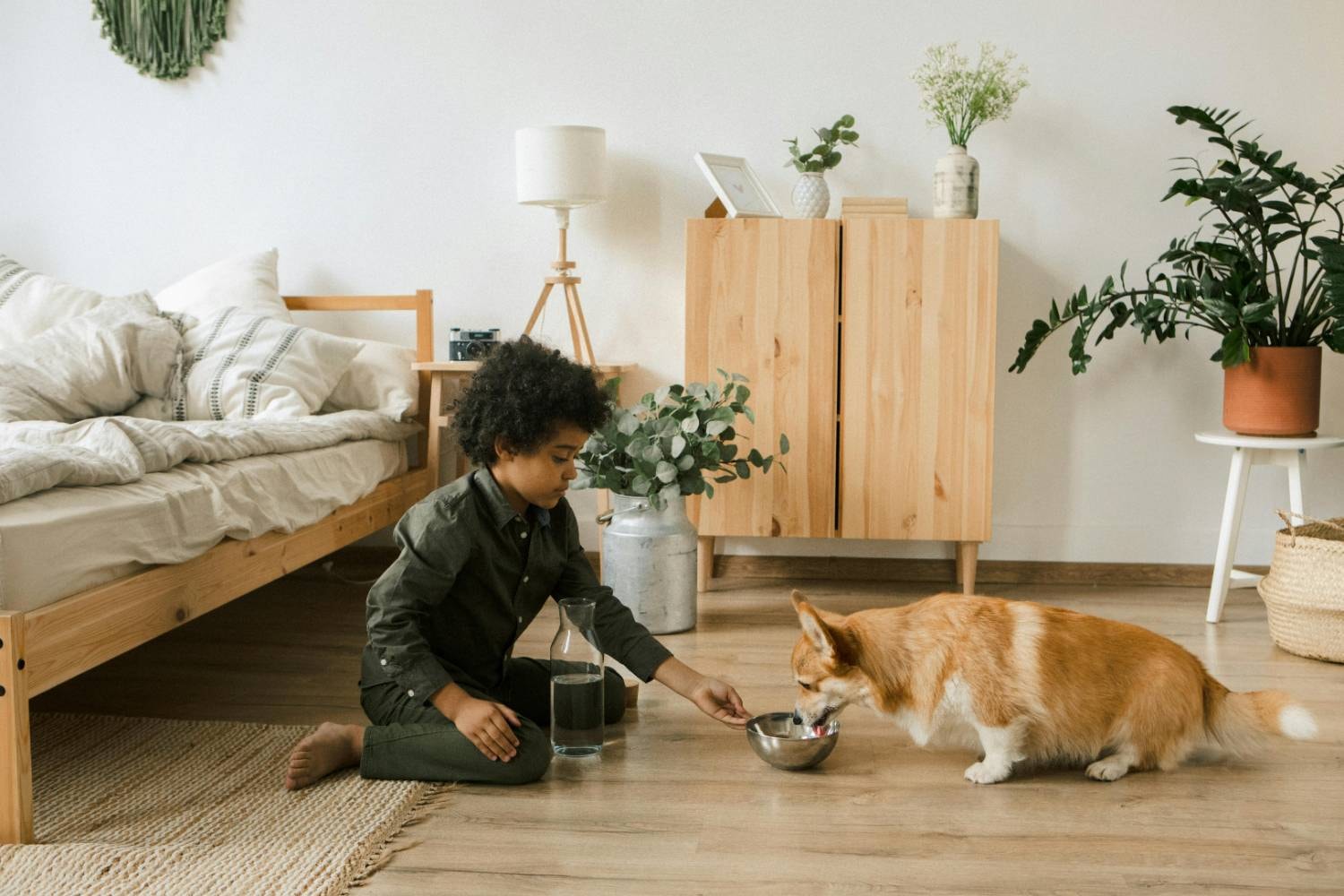
Here’s how to ensure your dog stays hydrated:
-
Provide Fresh Water: Always have a bowl of fresh water available for your dog. Change the water regularly to keep it clean and appealing.
-
Encourage Drinking: Some dogs need a little encouragement to drink more water. Try adding a splash of low-sodium chicken broth to their water bowl to make it more enticing.
-
Use Water Fountains: Dog water fountains can stimulate your dog’s interest in drinking by providing a continuous flow of fresh water.
-
Moisture-Rich Foods: Incorporate moisture-rich foods into your dog’s diet, such as wet dog food or water-rich vegetables like cucumbers and carrots.
Keeping your dog hydrated is a simple yet effective way to promote healthy skin and reduce the likelihood of post-grooming itchiness.
Solution #4: Consult your veterinarian
Sometimes, despite our best efforts, our furry friends need a little extra help to overcome post-grooming itchiness. Consulting a veterinarian can provide you with the professional advice and treatments needed to keep your dog comfortable and healthy.
When to seek professional help
There are times when a trip to the vet becomes necessary. Persistent itching, redness, or swelling after grooming are signs that something more serious might be going on. If you notice your dog scratching constantly or if their skin looks irritated, it’s time to call in the experts.
-
Persistent Itching: If your dog can’t stop scratching even after trying home remedies, it’s a sign that there could be an underlying issue.
-
Redness or Swelling: These symptoms could indicate an allergic reaction or infection that needs medical attention.
-
Behavioral Changes: If your dog is unusually irritable or lethargic after grooming, it might be due to discomfort or pain that a vet can address.
Getting professional advice can save you and your dog a lot of stress. Vets can offer insights into what’s causing the itchiness and suggest the best course of action. They might recommend special treatments or adjustments to your grooming routine to prevent future issues.
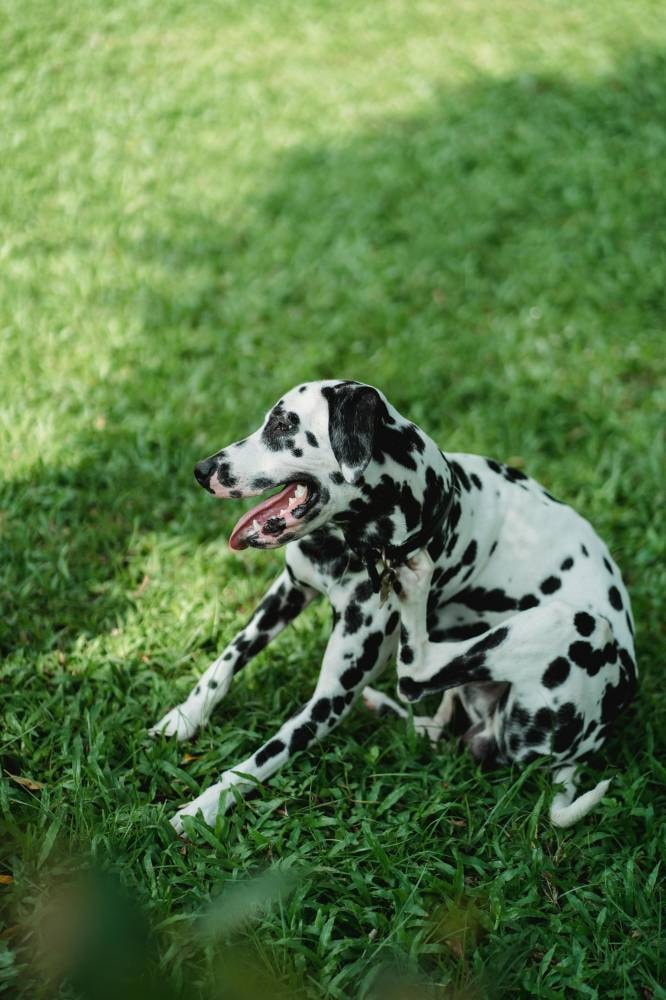
Keeping your dog comfortable, try Puppy Fever Pro products
So, we’ve covered some great solutions for helping your itchy dog after grooming. Remember, it’s all about patience and persistence. Trying out different approaches, from using hypoallergenic products to consulting your vet, can make a big difference.
Puppy Fever Pro offers a range of products designed with your dog’s comfort in mind. Whether it’s gentle shampoos like Lakeside The BatherBox Oatmeal Shampoo Gallon Jug or soothing conditioners, their products are made to help reduce itchiness and keep your dog happy.
Keep experimenting with these solutions and products until you find what works best for your furry friend. With a bit of effort and care, you can help your dog feel comfortable and itch-free after every grooming session.
For more dog owner tips and tricks, go to our blogs.
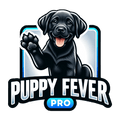

Leave a comment